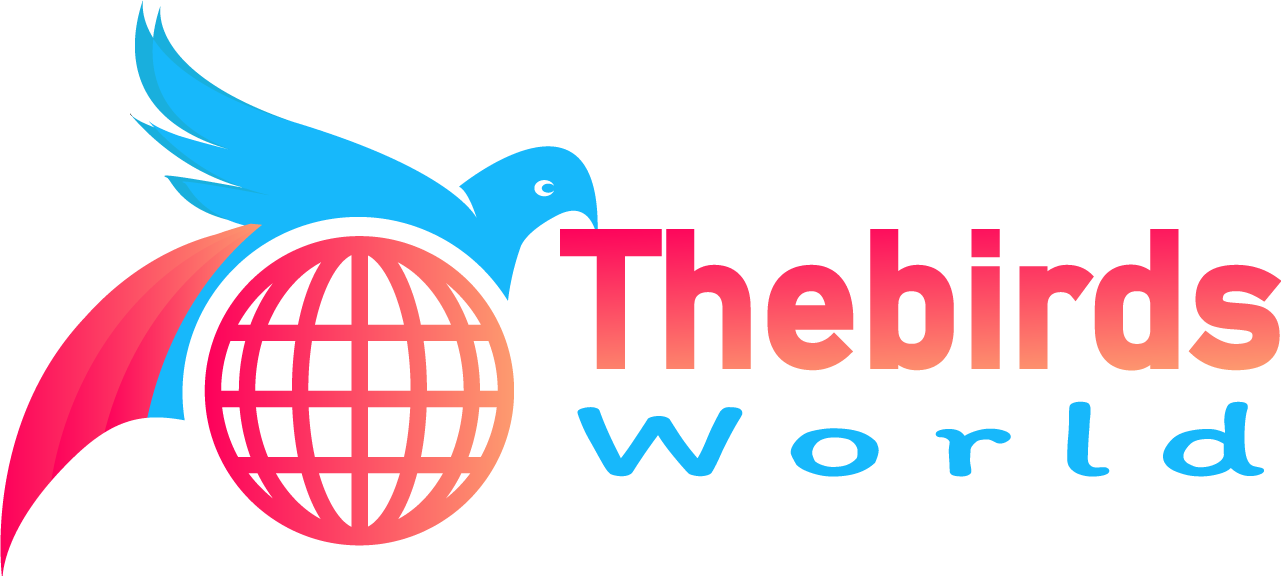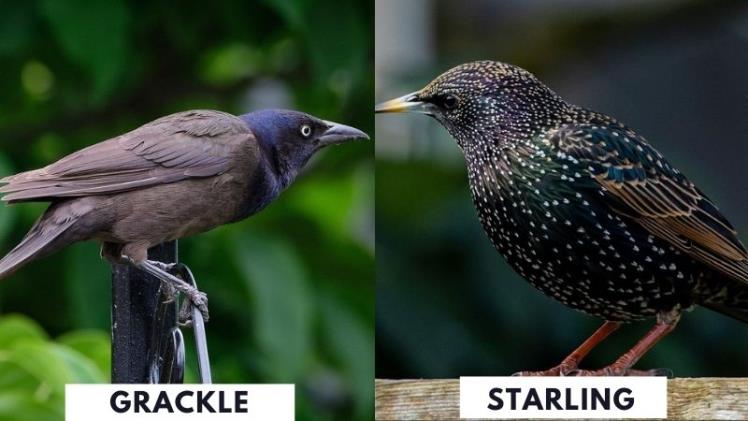We have like a million or even more species of birds existing on this planet. And if humans being each a unique creation can have possible doppelgangers, imagine the probable similarities these “species look-alike” birds may have!
And that’s the exact scenario that arises in the case of a European Starling and a Common Grackle.
These apparent look-alikes even sometimes manage to baffle up the wildlife specialists with their striking similarities, what good are we commoners?
But do not worry, because even though it seems almost impossible, there are significant ways you can actually differentiate these two completely different intended birds through some minor visual traits and major superficial behaviors.
So In this article, I’ll explain the complete difference between European starling and common grackle in detail.
European Starling or Common Grackle: Difference Table
| Points of Difference | European Starling | Common Grackle |
| Favorite Food | Centipedes, spiders, moths, and earthworms are the most common animals eaten by starlings | Grackles eat everything, with corn crops being their favorite, whereas starlings only eat insects and seeds. |
| Body Length | European starlings are only about 12 inches long. | Grackles can grow to be up to 20 inches long from the tip of their beaks. |
| Tail Length | Starling tails are usually shorter than the body and lack any distinguishing markings or patterns. | The tail of a grackle can be as long as the bird is tall, and has an orange patch in flight. |
| Location | Starlings spend the majority of the year in European climates, where they primarily feed on fruit (mostly berries), insects, seeds, and some plants. | Grackles are found only in North America and feed primarily on grain products such as corn kernels, but also on fruits such as cherries and acorns when available. |
| Color | The upper body of a starling is gleaming brown, with buff or pinkish underparts. | The head of a grackle is covered in glossy black feathers with a purple sheen. |
| Facial Characteristic | Starling’s faces are mostly brown | The face of a grackle is covered in a black “mask.” |
| Groups/ Flocks | Starlings travel in slow low noisy groups | Grackle travels in large noisy groups |
| Family/ Origin | This bird originated from the Starling family. | The Troupials and Allies family includes Common Grackles. |
| Appearance | Starlings have dark eyes, pinkish legs, and a short, slender yellow bill. | Starlings differ from grackles in that they have dark eyes, pinkish legs, and a short, slender yellow bill. |
| Derivation name | Sturnus vulgaris | Quiscalus quiscula |
While grackles and starlings may appear similar, they are two separate species of the Aves group in the hierarchy of living beings.
The tails of grackles are longer and slenderer than those of starlings. They have yellow eyes and a black beak, whereas starlings have dark eyes and yellow beaks.
Both travel in large groups. The grackles, on the other hand, are louder than the starlings.
The number of starlings is a major issue for American authorities because they damage the nests of other birds, leading the population of native American species to dwindle.
Grackles have a distinct alarm sound that they use to alert other birds or humans to the presence of other birds or humans near their nests.
Hence, their behavioral differences are a lot more significant than their apparent physical similarities, casting light upon which makes distinguishing the birds even easier!
Related Articles You May Like


